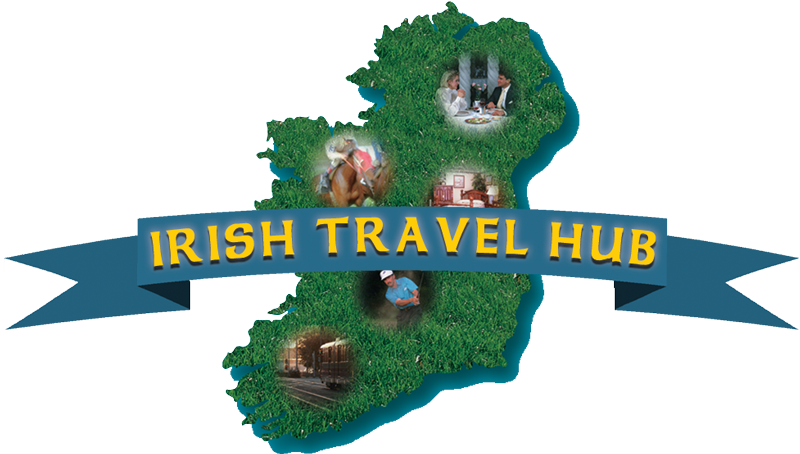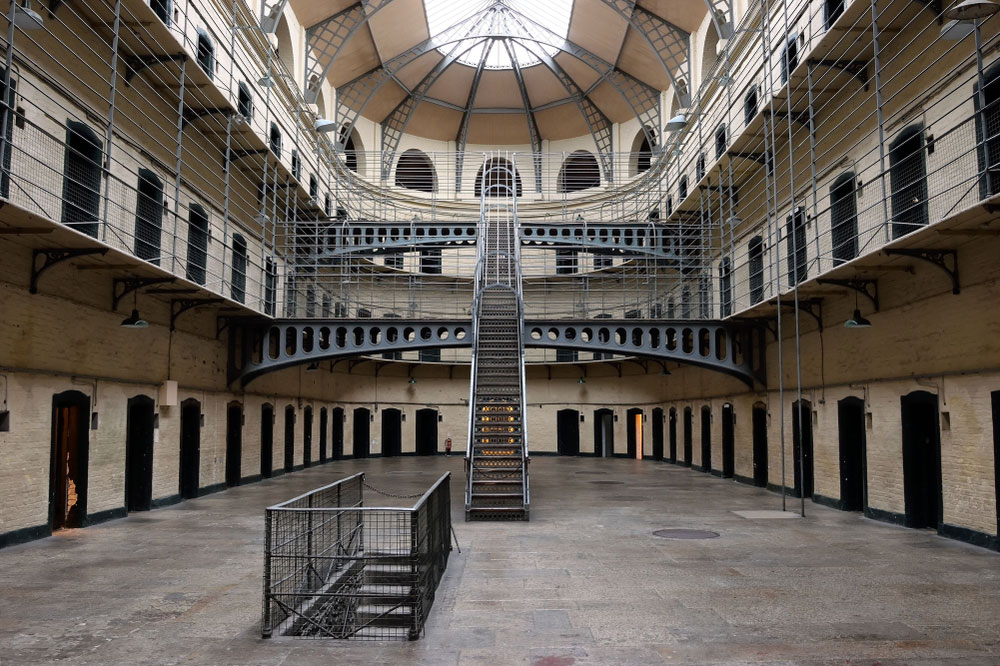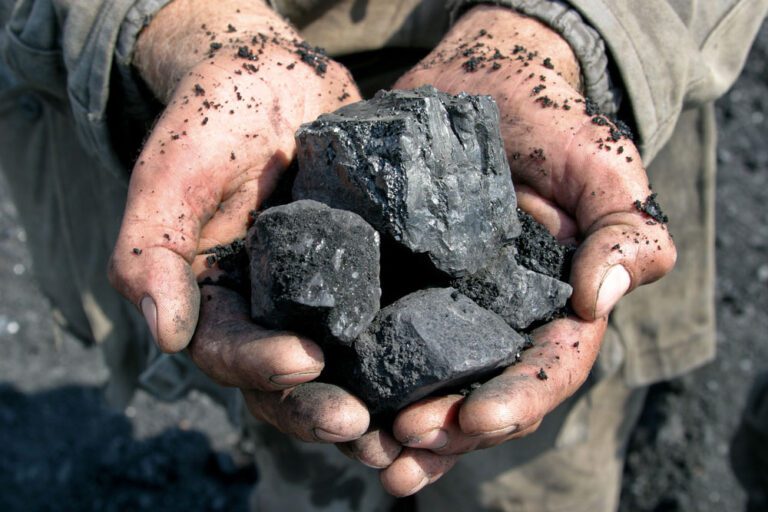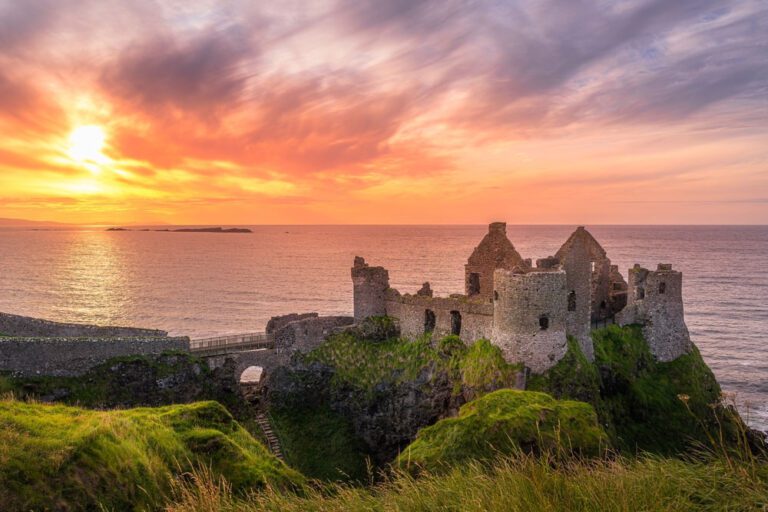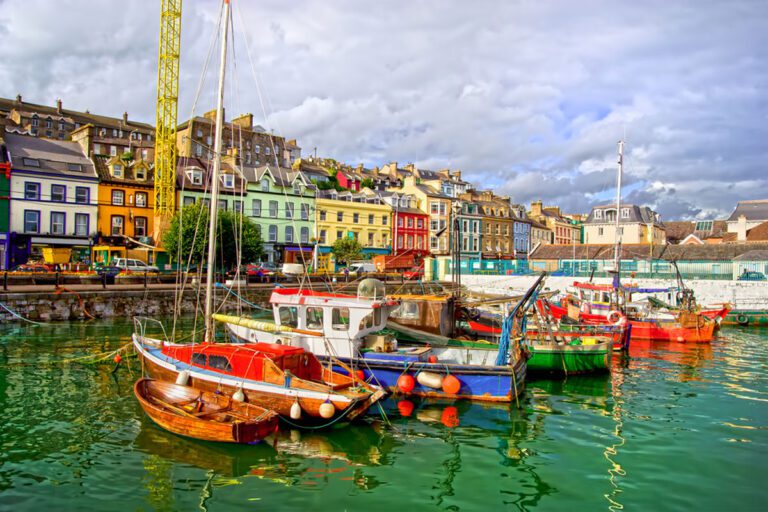Kilmainham Gaol was first built in 1796, when Ireland was still under British rule. It was built to hold prisoners who had done things like steal, beg, or owe money. Over time, though, it gained a reputation as a prison for political prisoners, who were often locked up for helping Ireland fight for freedom from British rule.
During the 1800s, Kilmainham Gaol was home to a number of well-known Irish revolutionaries, including Robert Emmet, who was put to death there in 1803. In 1803, Emmet led a failed rebellion against British rule, and his time in Kilmainham Gaol was a key moment in the history of Ireland’s revolution.
Charles Stewart Parnell, who fought for Irish independence in the late 1800s, was another well-known person who was held in Kilmainham Gaol. In 1881, Parnell was arrested and put in jail for a few months. His time in jail had a big effect on Irish politics, and when he got out, many people in Ireland saw him as a hero.
At the beginning of the 20th century, Kilmainham Gaol was a key part of the 1916 Easter Rising. The British government put the leaders of the Rising in the prison and killed them there. The deaths of these leaders, like James Connolly and Patrick Pearse, had a big effect on the Irish people and were a big part of their fight for independence.
Kilmainham Gaol is now a museum that draws a lot of people every year. The prison has been brought back to how it looked when it was first built, and visitors can look around the cells, learn about the lives of the prisoners who were held there, and learn about Ireland’s revolutionary history.
The Easter Rising
The Easter Rising of 1916 was a turning point in Ireland’s fight for freedom from British colonial rule. It was an armed rebellion in Dublin that started on April 24, 1916, and lasted for six days. Most of the people who led the Rising were members of the Irish Republican Brotherhood. They wanted to set up an Irish Republic and get rid of British rule in Ireland.
Kilmainham Gaol was one of the most important parts of the Easter Rising. After the British put down the Rising, many of the leaders were arrested and sent to Kilmainham Gaol to stand trial and serve time. Padraig Pearse, Thomas Clarke, and James Connolly, who were thought to be the most important rebel leaders, were all locked up in the prison.
The leaders of the Easter Rising were seen as dangerous criminals by the British government. They were tried and sentenced to death. Between May 3 and May 12, 1916, fourteen leaders were put to death at Kilmainham Gaol. The leaders were shot in the prison yard by a firing squad, and their bodies were buried in unmarked graves on the prison grounds.
The deaths of the Easter Rising leaders had a huge effect on the Irish people and their fight for independence. The leaders died as martyrs for the Irish cause, and their deaths fueled the nationalist movement. The executions also made people in Ireland dislike British rule and inspired a new generation of revolutionaries to fight for Irish independence.
Kilmainham Gaol is a powerful reminder of Ireland’s fight for independence, and the place where people were put to death is still a place of pilgrimage for many Irish people. Visitors can learn about the history of the Easter Rising and pay their respects to the leaders who gave their lives for Irish freedom by going to the prison.
The Fenian Brotherhood
The Fenian Brotherhood was a secret Irish nationalist group that was started in 1858 by Irish people who had moved to the United States. The group’s goal was to use armed rebellion to free Ireland from British rule, and it quickly became an important part of the fight for Irish freedom.
The Fenian Brotherhood started around the middle of the 19th century, when Ireland was still recovering from the Great Famine and growing more nationalistic. The group’s founders were influenced by the Young Ireland movement, which tried to start a rebellion in 1848 but failed.
One of the things that made the Fenians who they were was that they did things in secret. Members of the group took oaths of loyalty and secrecy, and a lot of what they did was done behind closed doors. They were known for being organized and disciplined like the military, as well as for putting a lot of emphasis on physical training and shooting.
Most of what the Fenians did in Ireland didn’t work out. They tried to start uprisings, but the British government stopped them. But the organization continued to have an effect in the United States, where it was very popular among Irish immigrants.
During the late 1800s, several leaders of the Fenians were locked up in Kilmainham Gaol. This was one of the most important links between the Fenians and the jail. These leaders included Thomas Clarke, who was one of the most important people in the Easter Rising of 1916, and John Devoy, who was a big part of the movement for Irish independence.
The fact that these leaders were locked up hurt the Fenian Brotherhood’s efforts to get Ireland to be independent. Many Fenians saw these leaders as symbols of the fight for Irish freedom, and their jailing only made more people want to help.
The Fenian Brotherhood has a complicated place in the history of the Irish Revolution. Even though the group’s efforts in Ireland were mostly unsuccessful, it had a big impact in the United States. The Fenians did a lot to get people interested in the Irish independence movement and to raise money for it.
Today, the Fenian Brotherhood is remembered as an important part of Ireland’s revolutionary history. Their connection to Kilmainham Gaol is a reminder of the sacrifices those who fought for Irish freedom made.
The Restoration of Kilmainham Gaol
Kilmainham Gaol’s restoration was a long and difficult process that took many years to finish. The prison had been closed for a long time and had fallen into disrepair. Many of its walls and buildings were crumbling and in danger of falling down.
The Office of Public Works worked to fix up the prison so that it could be kept as a historical landmark and turned into a museum that would tell the story of Ireland’s revolutionary past. The restoration work included fixing a lot of the building’s structure and putting in new lighting, heating, and cooling systems.
One of the biggest problems during the restoration process was figuring out how to keep the prison’s history while also making it easy for visitors to see. The restoration team had to work carefully to keep the prison’s original features and make it safe and easy for visitors to explore.
Another challenge was to make the history of Kilmainham Gaol come alive for visitors in a way that was immersive and interesting. Visitors can now learn about the prison’s history and the lives of the people who were locked up there through interactive displays, audio-visual displays, and guided tours.
Kilmainham Gaol’s restoration has been a huge success, and the prison is now one of the most visited places in Ireland. Every year, hundreds of thousands of people visit the site. Many of them want to learn about the country’s revolutionary past and pay their respects to the leaders who were held there and killed.
Kilmainham Gaol’s status as a historical landmark is very important to Ireland because it is a powerful reminder of the country’s fight for independence and the sacrifices those who fought for Irish freedom made. By keeping the prison around and letting people see it, Ireland can honor its past and make sure that the stories of its revolutionary heroes will never be forgotten.
In Conclusion
The Kilmainham Gaol is an iconic symbol of Ireland’s revolutionary history, representing the struggle for independence from British colonial rule. In summary, Kilmainham Gaol was a site of immense suffering and oppression during its time as a prison. However, it also played a critical role in the political and cultural development of Ireland, as many of the country’s most prominent revolutionaries were incarcerated there. Today, the prison serves as a powerful reminder of Ireland’s fight for freedom, and a testament to the resilience and courage of the Irish people.
If you have not yet visited Kilmainham Gaol, I highly recommend that you do so. It is a unique and unforgettable experience that offers a glimpse into Ireland’s past and the sacrifices made by those who fought for independence.
Whether you are a history buff, a culture enthusiast, or simply someone looking to learn more about Ireland’s rich heritage, a visit to Kilmainham Gaol is an absolute must.
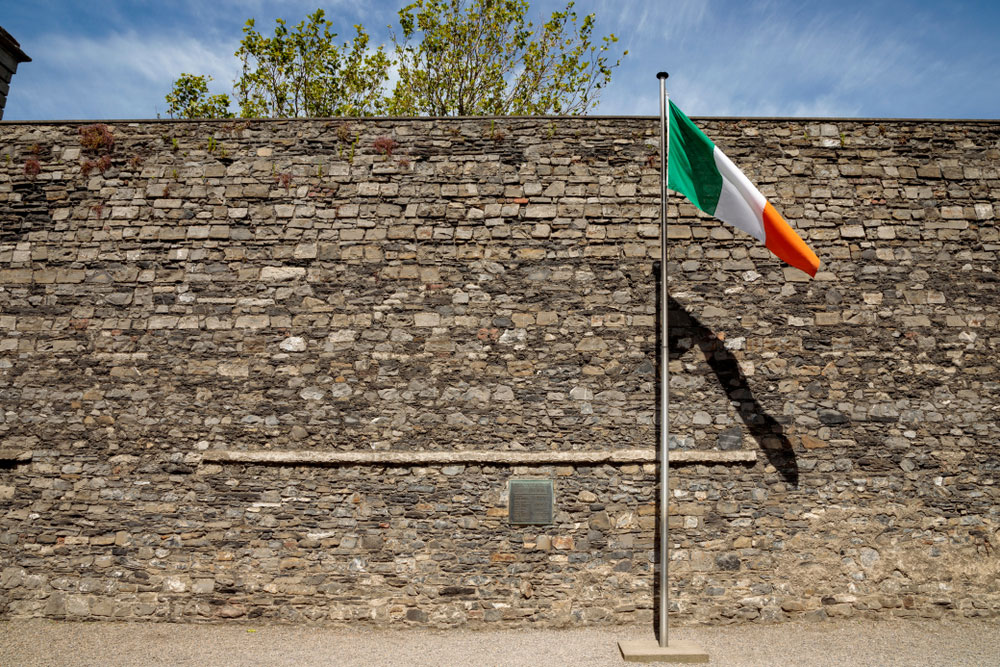
Here are some famous tourist attractions in County Dublin:
- Guinness Storehouse: A popular attraction for beer lovers, the Guinness Storehouse is a museum and brewery that showcases the history of Guinness and offers tasting experiences.
- Dublin Castle: A historic castle that has served as a fortress, royal residence, and government building over the centuries. It features beautiful gardens and architecture.
- Trinity College: A prestigious university founded in 1592, Trinity College is also home to the famous Book of Kells, an illuminated manuscript dating back to the 9th century.
- St. Patrick’s Cathedral: The largest church in Ireland, St. Patrick’s Cathedral dates back to the 12th century and features stunning Gothic architecture.
- Temple Bar: A lively and vibrant neighborhood filled with pubs, restaurants, and shops. It’s a popular spot for nightlife and entertainment.
- Kilmainham Gaol: A former prison that played a significant role in Irish history, including the 1916 Easter Rising. It’s now a museum that offers guided tours.
- Phoenix Park: One of the largest urban parks in Europe, Phoenix Park is home to Dublin Zoo, the residence of the President of Ireland, and many walking and cycling trails.
- National Museum of Ireland: A museum that showcases the history and culture of Ireland, with collections on archaeology, art, and natural history.
- Grafton Street: A famous shopping street in Dublin, Grafton Street is home to many high-end shops, street performers, and restaurants.
- Dublin Zoo: A popular attraction for families, Dublin Zoo is home to over 400 animals from all over the world, including tigers, elephants, and penguins.
Helpful Resources:
Recommended Reading:
